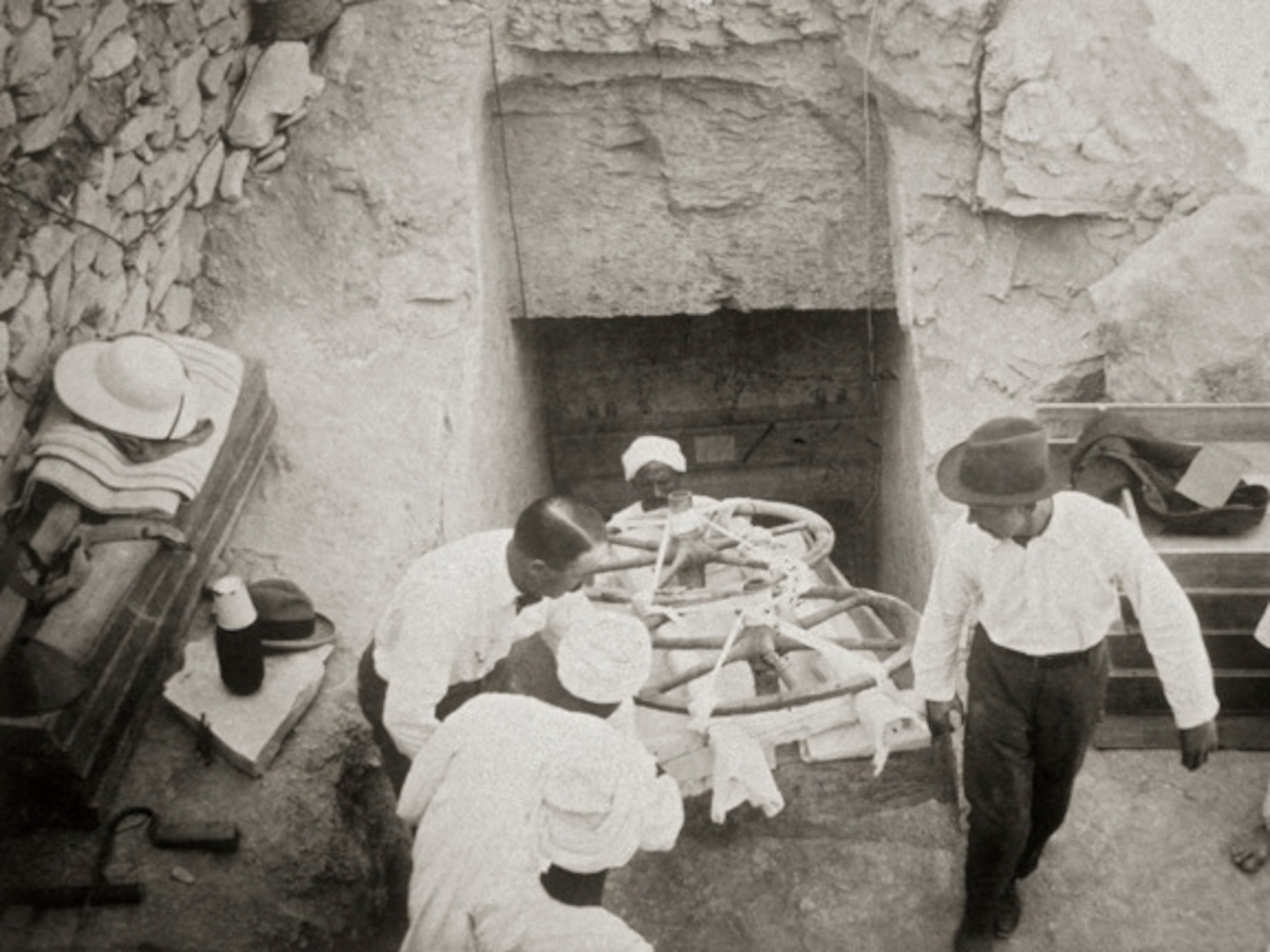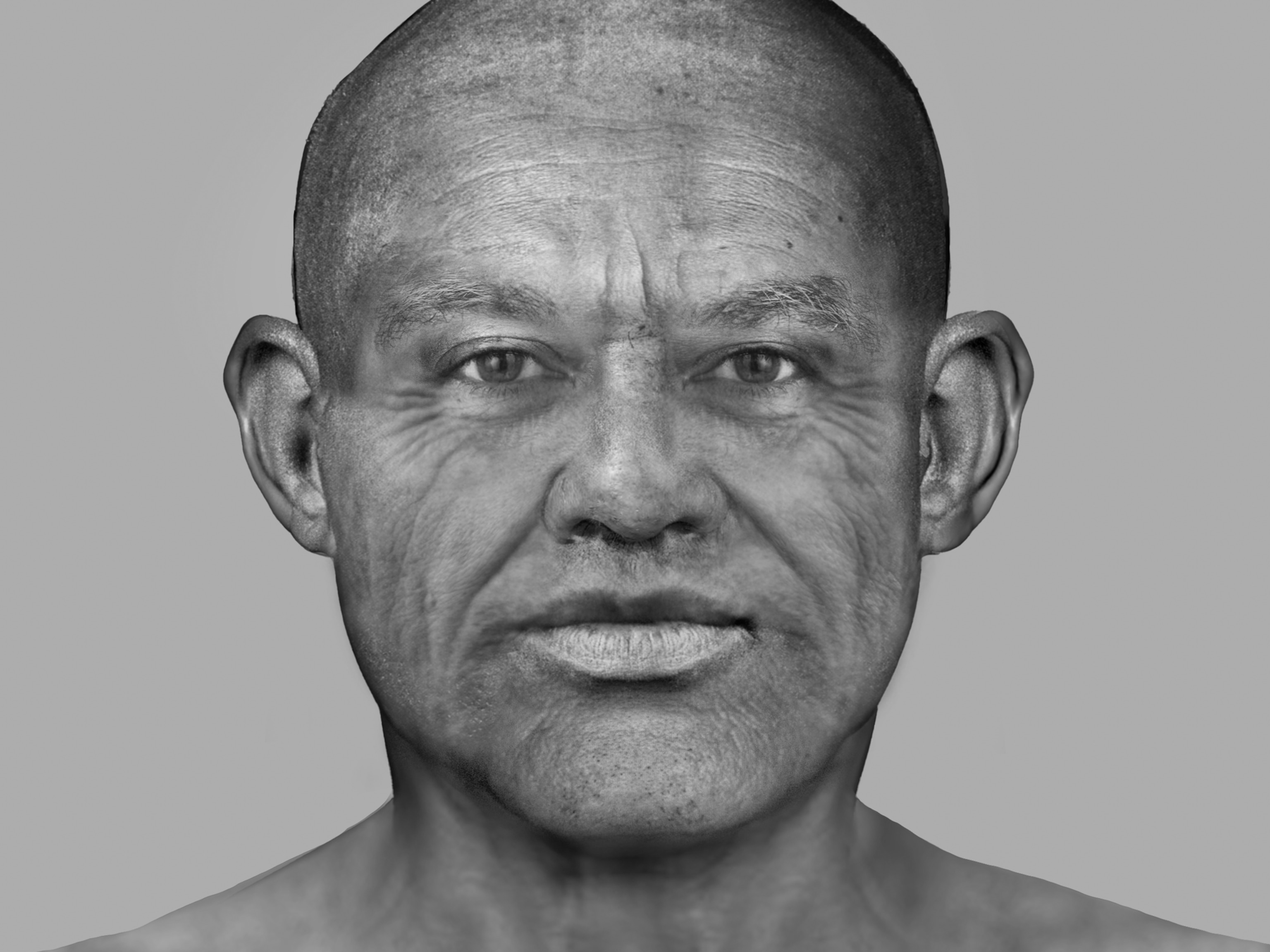
How Ancient Mummies Helped This Soccer Player Get to the World Cup
After Paolo Guerrero tested positive for cocaine, scientists used Inca mummies to argue that the result may have been influenced by something else.
When Peruvian soccer player Paolo Guerrero's drug test showed trace amounts of metabolite benzoylecgonine last October, it seemed unlikely the star player would make it to the 2018 World Cup.
That's because metabolite benzoylecgnine is found in cocaine, and FIFA, the entity that functions like a governing body for global soccer, has strict consequences for players caught using illegal drugs. Guerrero was slapped with a year-long ban, meaning he would be benched during the the premier international sporting event, which is only held once every four years.
Claiming the penalty was unjust, Guerrero fought the decision, saying he had likely been served coca tea by mistake after requesting tea to soothe a cold. With sugar and various spices added to the tea, the coca taste would have been difficult to detect, he and his lawyers told FIFA.
Luckily for the 34-year-old athlete, he had the support of outraged Peruvian soccer fans, biochemistry, and 500-year-old Incan mummies.
500-Year-Old Evidence on Ice
“It's one of the interesting ways that mummies can still speak to us from the past,” says archaeologist Johan Reinhard, a National Geographic Explorer who co-led the team that found three child mummies preserved in Andean Mountain ice in 1999.
It took Reinhard and a team of nine researchers two weeks to discover the remains, nestled in Argentina's Volcán Llullaillaco 22,000 feet above sea level. Cold, frigid conditions slow down the bacteria responsible for decomposition, meaning people buried in ice preserve a remarkable amount of genetic material. The Llullaillaco mummies are hailed as some of the best preserved in the world.

The three child mummies—a 13-year-old known as the Llullaillaco Maiden and two younger children known as Llullaillaco Boy and Lightning Girl—were likely victims of a child sacrifice ceremony. A forensic analysis performed in 2013 peered inside the genetic material preserved in the Llullaillaco Maiden's hair. Researchers found that, in the last year of her life, she consumed elevated amounts of coca leaves as well as alcohol. The substances may have been used to subdue her on her journey up the mountain, or it may have played a part in various rituals.
“You can see the pieces of coca leaves on her lips,” says Reinhard. “And she has a bulge [of coca] in her mouth.”
Indigenous groups living in the Andes have consumed coca for hundreds of years. The naturally-growing plant eases altitude sickness, and people trekking up high altitudes used to stuff wads of coca into their cheeks and chew on it.
Guerrero and the Lullullaillaco Maiden
Both the 21st-century soccer player and 16th-century mummy showed trace amounts of metabolite benzoylecgonine during tests, a similarity that helped make Guerrero's case.
Archaeologist Charles Stanish, executive director for the University of South Florida's Institute for the Advanced Study of Culture and the Environment, testified on Guerrero's behalf after a Brazilian biochemist with connections to Guerrero reached out.
Stanish says his role was to prove a person could test positive for cocaine without consuming the illicit drug.
“The most obvious way is to have a 500-year-old mummy that tests positive for cocaine before cocaine exists,” he says.
The cocaine alkaloid, the main active ingredient in coca leaves, was only isolated and synthesized as a drug in the 19th century.
Stanish also made an anthropological case for Guerrero by explaining how coca leaves are still part of South American culture.
“I explained that coca tea was rarely drunk with just coca leaves. It includes lots of sugar that covers up the taste. It's now become part of the trendy cuisine in Lima,” he says, noting it's in everything from bread to candy.
Guerrero isn't the only person to ever test positive for cocaine after claiming to drink coca tea. Everyone from pilots to tourists have had their innocence questioned after a seemingly innocuous trip to Peru. To Stanish, it speaks to a larger cultural misunderstanding about what coca represents.
After several days in court and a final trial with the Swiss Federal Tribunal, Guerrero's suspension was temporarily lifted to allow him to play in the World Cup while the governing body reconsiders his case.





